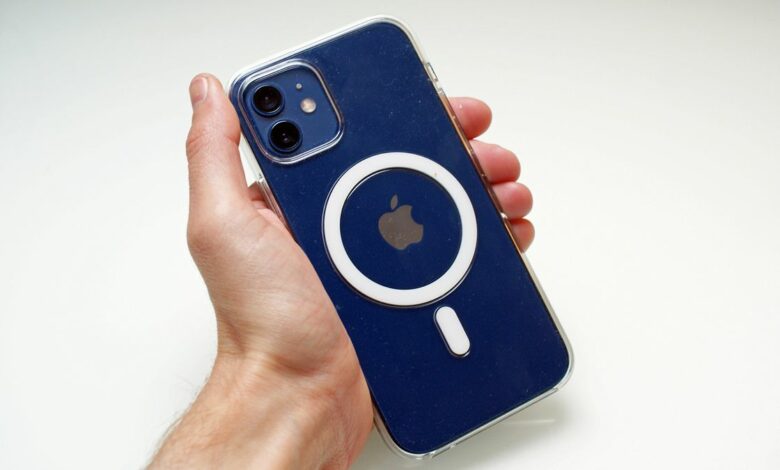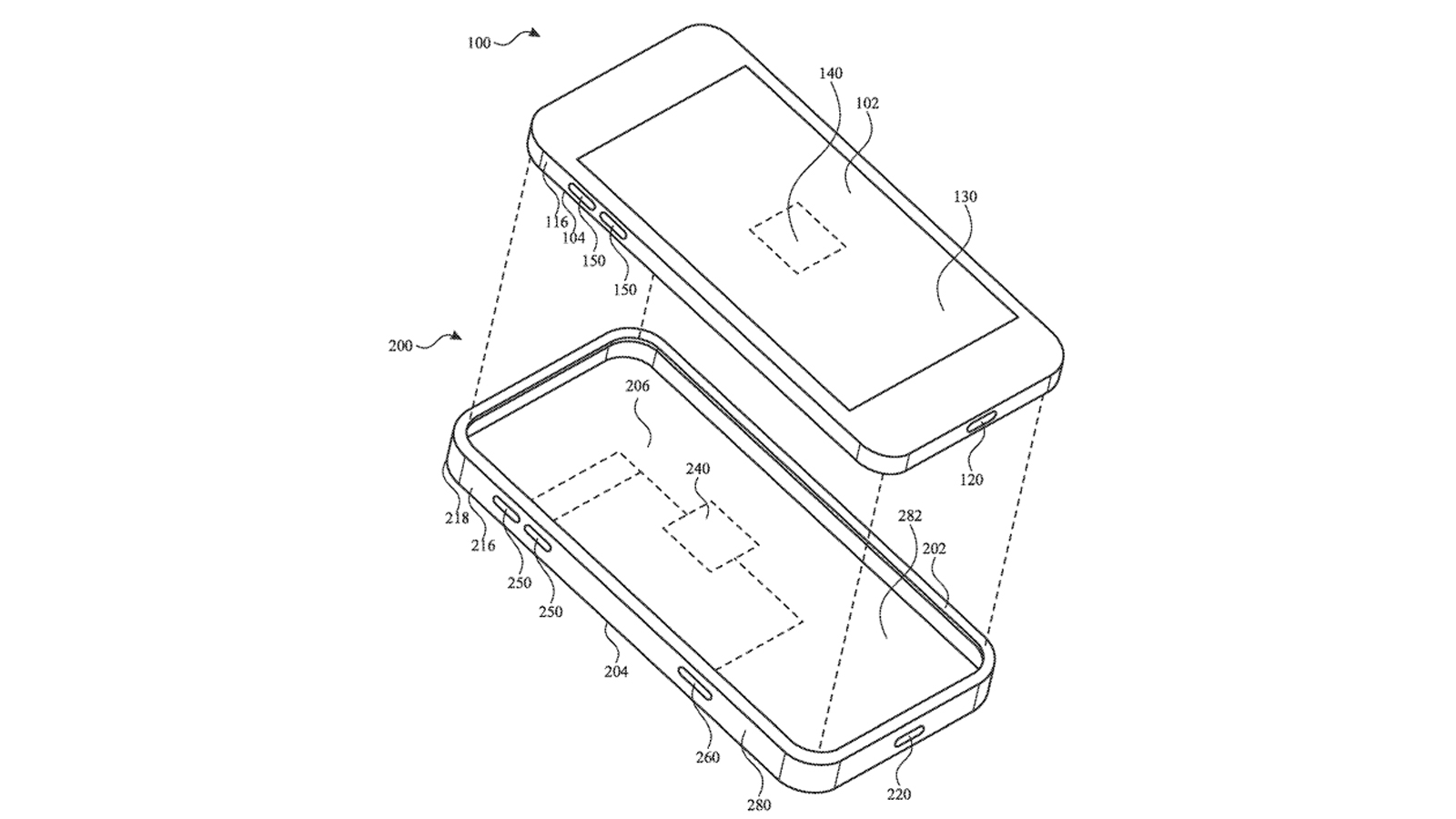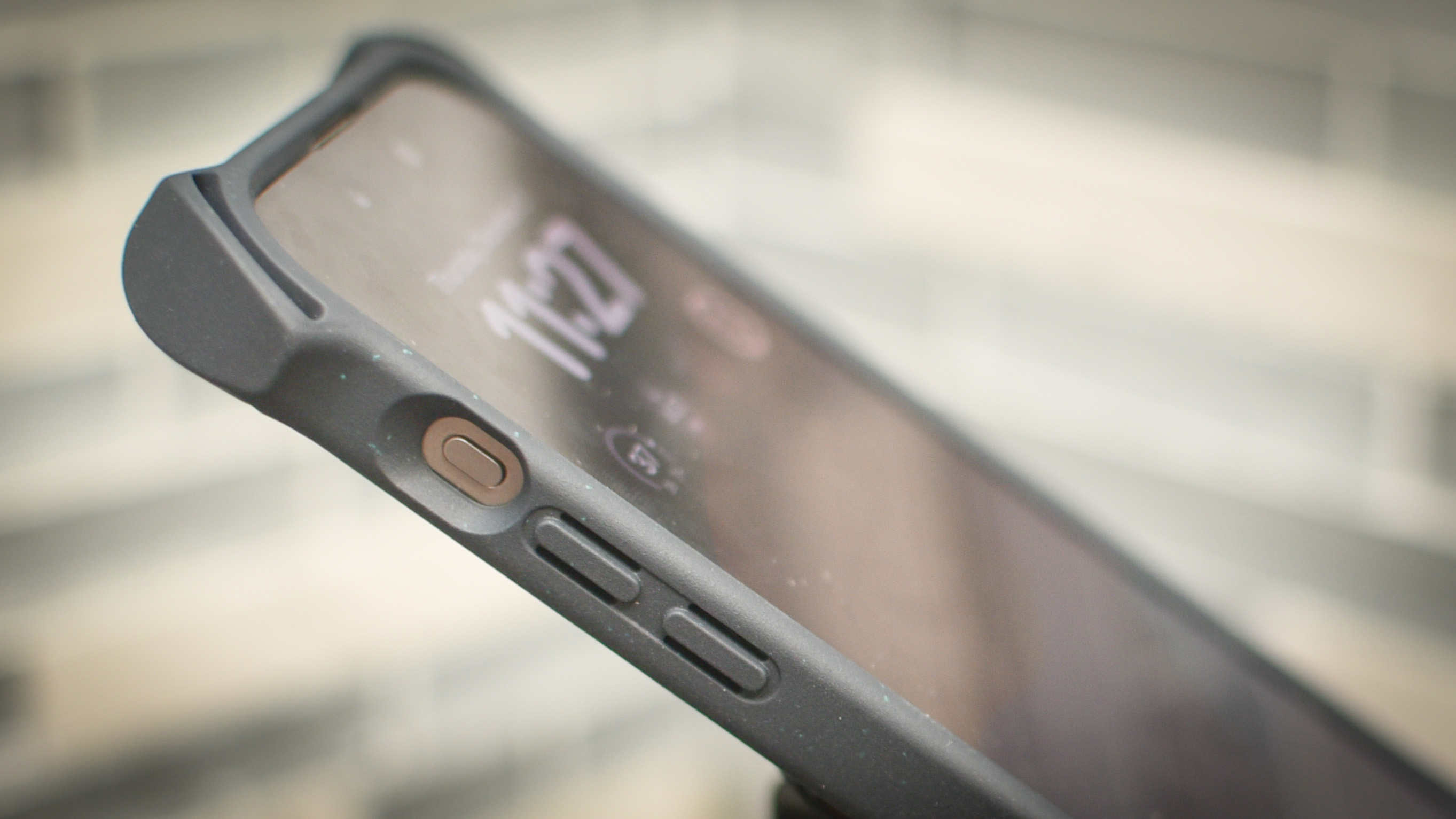Apple has a clever new idea for iPhone cases: built-in capacitive buttons and Touch ID

For many iPhone users (myself included), a protective case is an absolute necessity. We’re simply too clumsy to subject our phones to the vagaries of nature, and without a case our devices would be broken long ago. Still, having a case on your iPhone can sometimes be a pain, with ill-fitting button cutouts and limited functionality compared to a “naked” phone.
Well, it looks like Apple is working on fixing that problem, at least if there is one new patent application is to be believed. The recently published patent describes a special iPhone case that could offer a range of additional features, such as Touch ID and a slide gesture with a mysterious, as-yet-unknown use.
Right now, iPhone cases are generally pretty basic, but Apple says they can have their own problems. For example, if a case doesn’t fit properly, a small air gap can develop between the case’s side buttons and the corresponding buttons on your phone, reducing the sense of touch you get when you press those buttons.
Apple’s patent shows that a phone or case could take steps to reduce the air gap, but that introduces new problems: particularly sensitive buttons could be accidentally activated if there’s no space between the case and the phone, which could have all sorts of nasty consequences.

So how do you solve this problem? Well, the patent contains some interesting tidbits on the subject. One possible solution is to build capacitive buttons into the housing itself. This would enable new interactions – for example, a smooth capacitive panel would allow you to slide your finger across it, potentially using it to adjust your phone’s volume or screen brightness.
Are you ready for iPhone 16?

This could also affect the iPhone 16, which is set to launch during Apple’s iPhone event on September 9. Rumors have it that the iPhone 16 lineup will launch with capacitive buttons that don’t actually move when you press them.
They basically work by detecting the presence of your finger and then lightly tapping it using a haptic engine. The problem? The iPhone may not be able to detect your finger if it’s covered by a case. But if Apple can make a case with built-in capacitive sensors, you won’t have to sacrifice protection just to use your iPhone’s buttons.
Elsewhere, the patent suggests that the capacitive case buttons could incorporate fingerprint readers, making them compatible with Apple’s Touch ID technology for logging in and authenticating purchases. While Apple is phasing out Touch ID in favor of Face ID on its phones, some iPads still use Touch ID, which is where this case tech could ultimately be deployed.
That said, we don’t know if these ideas will ever become reality. After all, they’re just patents, and Apple often explores ideas that don’t really go anywhere. Still, the patent shows that Apple is at least considering this concept, so keep your eyes peeled to see if it becomes a reality soon.




